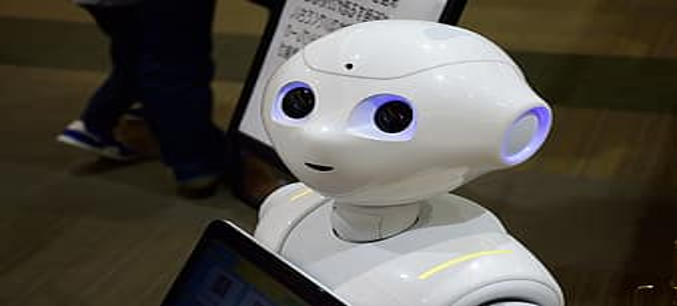End-to-End Autonomous Driving in CARLA: A Survey
Résumé
Autonomous Driving (AD) has evolved significantly since its beginnings in the 1980s, with continuous advancements driven by both industry and academia. Traditional AD systems break down the driving task into smaller modules-such as perception, localization, planning, and control-and optimizes them independently. In contrast, end-to-end models use neural networks to map sensory inputs directly to vehicle controls, optimizing the entire driving process as a single task. Recent advancements in deep learning have driven increased interest in end-to-end models, which is the central focus of this review. In this survey, we discuss how CARLA-based state-of-the-art implementations address various issues encountered in endto-end autonomous driving through various model inputs, outputs, architectures, and training paradigms. To provide a comprehensive overview, we additionally include a concise summary of these methods in a single large table. Finally, we present evaluations and discussions of the methods, and suggest future avenues to tackle current challenges faced by end-to-end models.
INDEX TERMS Autonomous driving, autonomous vehicles, end-to-end models, deep learning, motion planning, CARLA.
• We focus on CARLA-based end-to-end autonomous driving methods, reviewing their model inputs, outputs, architectures, and training. To provide a global, comprehensive overview of the reviewed end-to-end methods, we compile a detailed table describing their associated inputs, architectures, outputs, training approaches, and the benchmarks used.
• We explore both modular, rule-based, and end-to-end learning-based expert autonomous driving models that are used for data collection.
• We explore several CARLA benchmarks and present evaluations from various papers.
• We highlight current weaknesses and suggest future avenues that can be potentially worth exploring.
The survey is divided into three main parts. The first part serves as a preliminary overview. After giving a general introduction of the survey in Section I, it provides background information on autonomous driving, motion planning, and end-to-end models in Section II, and describes how such models are evaluated using benchmarks that are presented in Section III. Section IV then highlights endto-end models' weaknesses, concluding the first part and setting the stage for part two, where these weaknesses are addressed by various methods. Equipped with the relevant background from part one, the second part forms the heart of the survey and showcases CARLA end-to-end driving methods by exploring model inputs in Section V, outputs in Section VI, architectures in Section VII, and training in Section VIII. Finally, the last part presents the evaluations and discussions, challenges and future works, and the conclusion in Sections IX, X, XI, respectively.
In this section, we provide a brief background on the concepts and terms that will be used throughout this paper. We begin VOLUME 12, 2024 4) TRAFFIC-SCHOOL
The traffic-school benchmark [47] builds upon NoCrash but only considers routes with no overtime, no crashes, no traffic light violations, and no lane deviation infractions as successful.
Domaines
Sciences de l'ingénieur [physics]| Origine | Fichiers produits par l'(les) auteur(s) |
|---|

